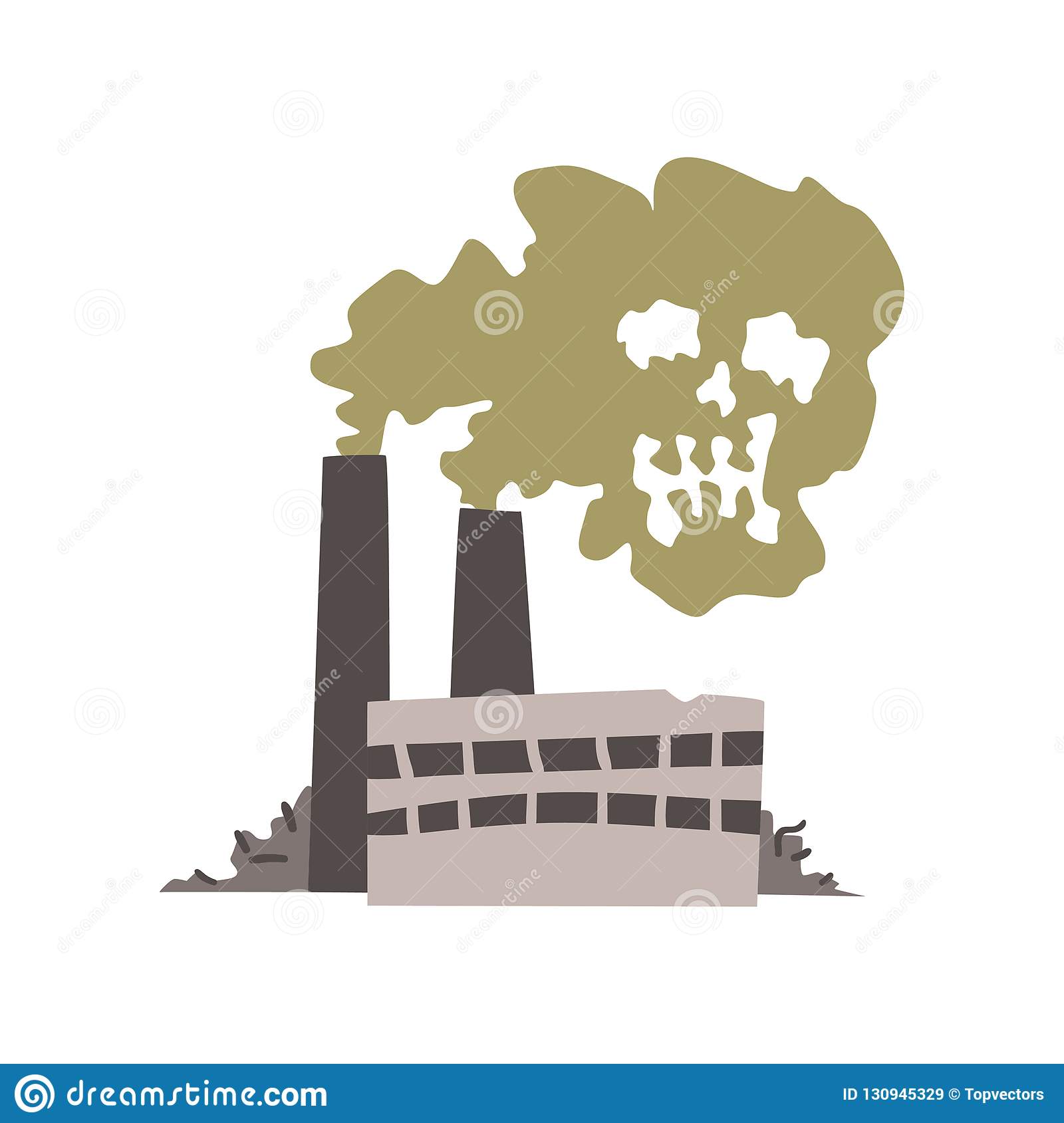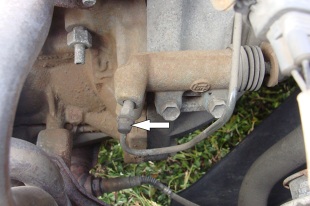
Waste air
 Some components of the car cannot do without air, while others are even harmful. Air entrainment, that is, the presence of unwanted air, manifests itself in different ways.
Some components of the car cannot do without air, while others are even harmful. Air entrainment, that is, the presence of unwanted air, manifests itself in different ways.
In the hydraulic brake system, it manifests itself as a "collapse" of the pedal under the pressure of the foot, without pronounced effects.  braking effects. When you press the brake pedal in succession, it begins to rise and at the same time the braking efficiency increases. The hydraulic clutch control system reacts similarly to air ingress. After pressing the pedal, the clutch does not fully disengage, which makes it difficult or even impossible to shift gears. The clutch can only be fully disengaged after repeated rapid depressing of the pedal. The cause of air entering the hydraulic brake and clutch system is often an incorrect bleeding procedure after repair, insufficient fluid in the reservoir, or a minor leak.
braking effects. When you press the brake pedal in succession, it begins to rise and at the same time the braking efficiency increases. The hydraulic clutch control system reacts similarly to air ingress. After pressing the pedal, the clutch does not fully disengage, which makes it difficult or even impossible to shift gears. The clutch can only be fully disengaged after repeated rapid depressing of the pedal. The cause of air entering the hydraulic brake and clutch system is often an incorrect bleeding procedure after repair, insufficient fluid in the reservoir, or a minor leak.
Compared to hydraulic systems, detecting air in an engine's cooling system is much more difficult. In this state, the motor is prone to overheating, which can be caused by other reasons. In the case of the presence of air in the cooling system, a decrease in the intensity of heating is also observed, but this can also be the result of various malfunctions. Air in the cooling system often occurs due to a leak through which liquid can seep on the one hand, and on the other hand, when the system cools down, air can be sucked in from the outside, and pressure is released in the cooling system. Air in the cooling system is also the result of improper bleeding after repair. Some systems can ventilate themselves, others do not and require certain actions to do this. Ignorance of them or short pumping paths lead to the fact that not all air is removed from the system.
Diesel fuel injection systems are very sensitive to air ingress. The presence of air in diesel fuel can interfere with engine operation. The bleeding procedure is exactly specified by the manufacturer. In the absence of such instructions, the rule of thumb should be to bleed the fuel system first and then the injector device.
